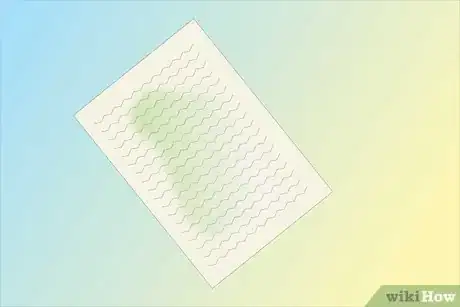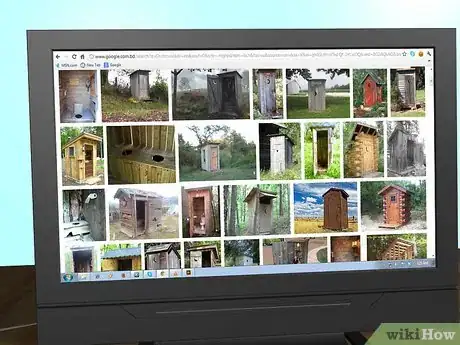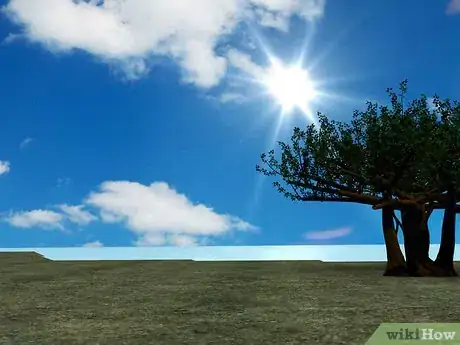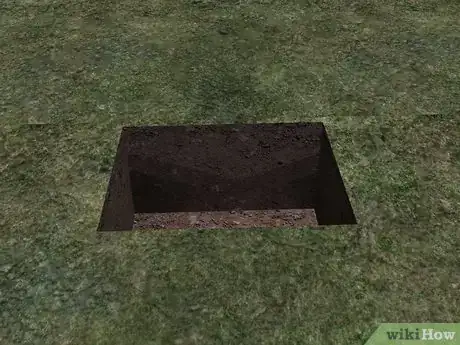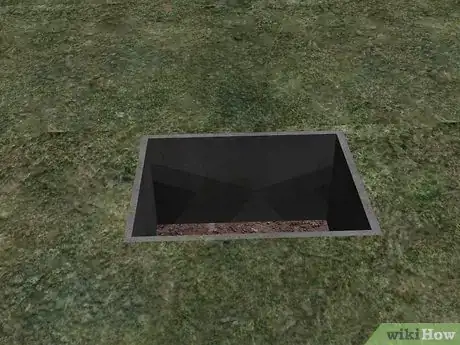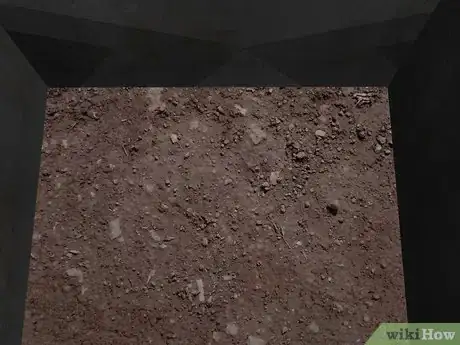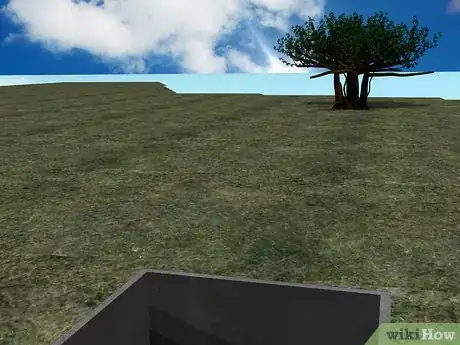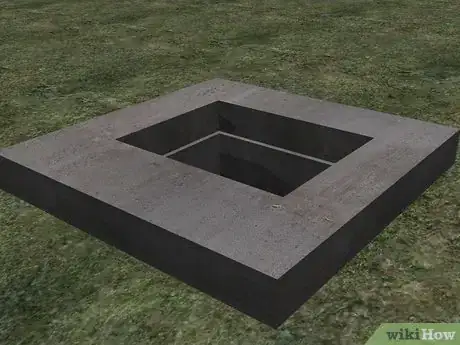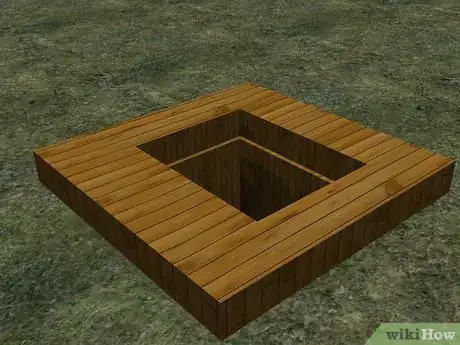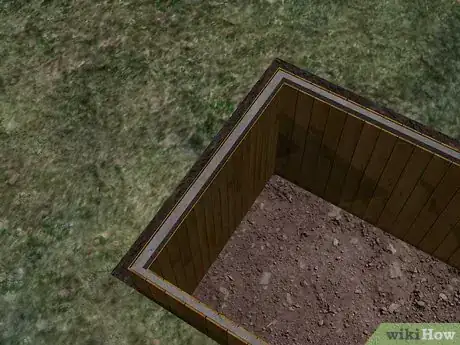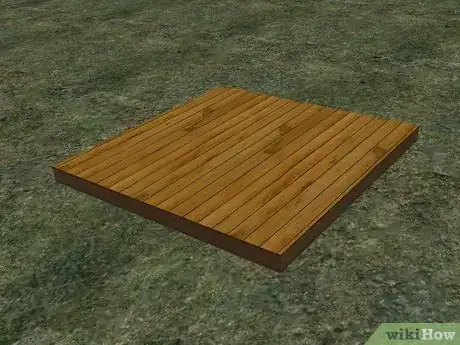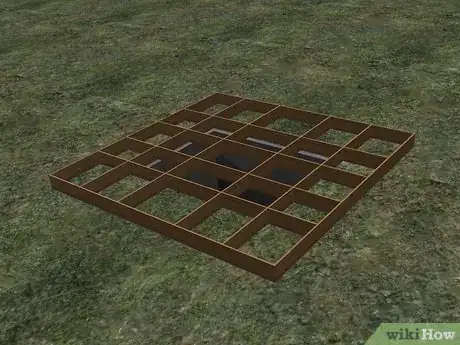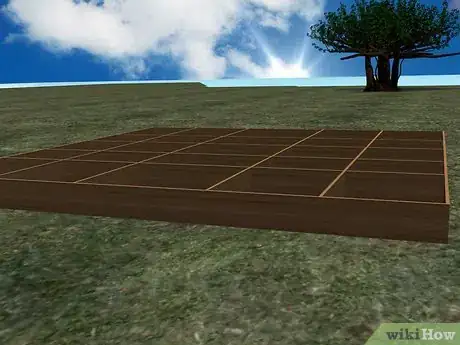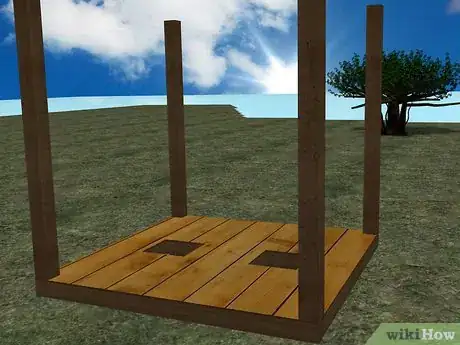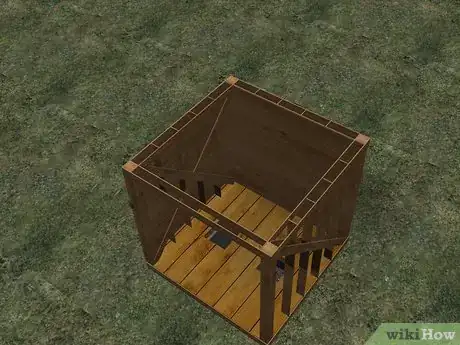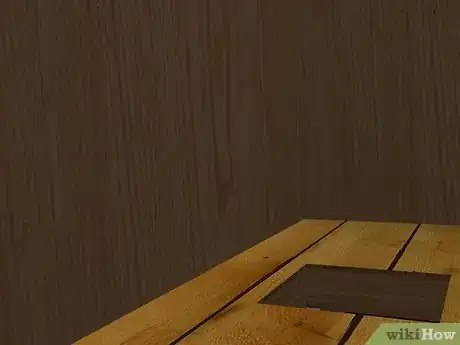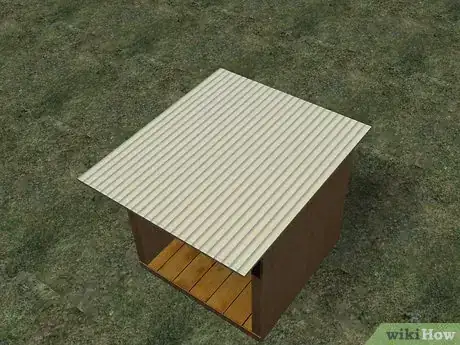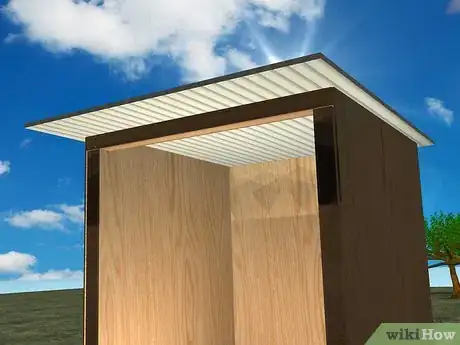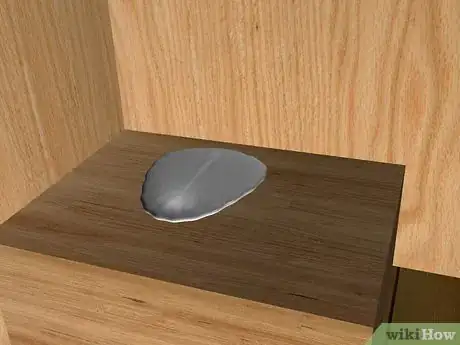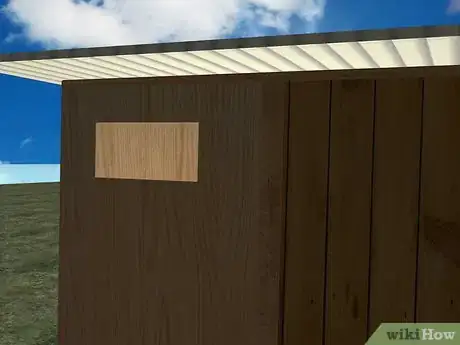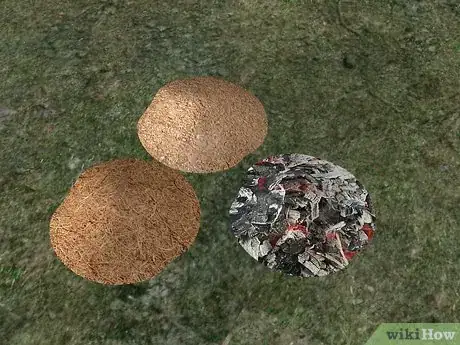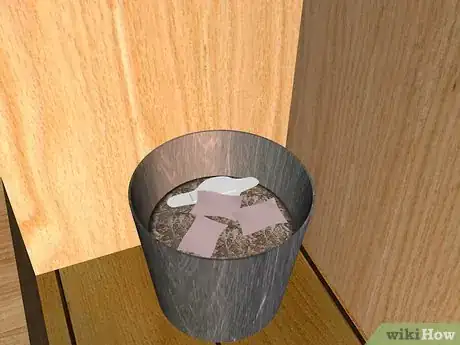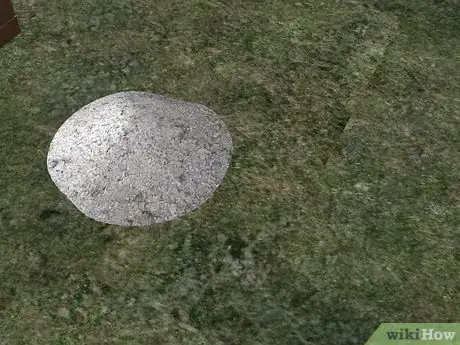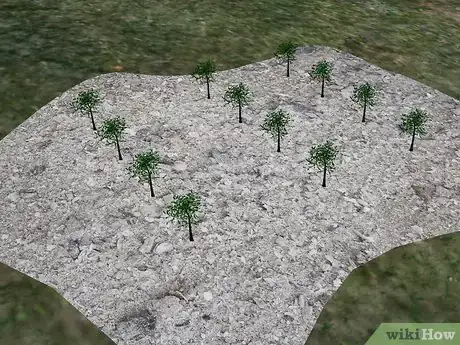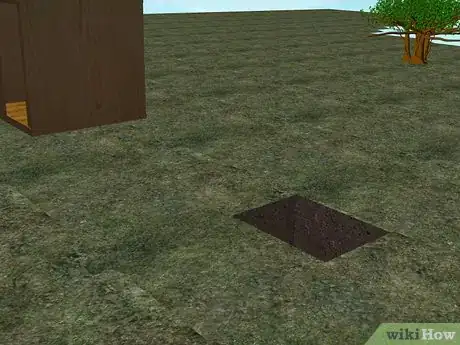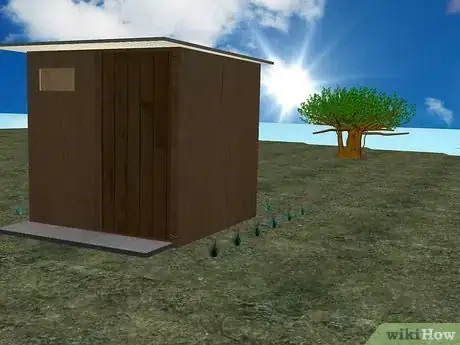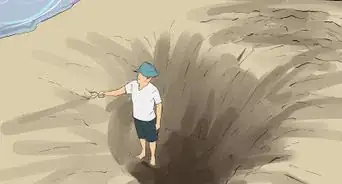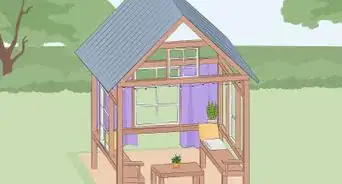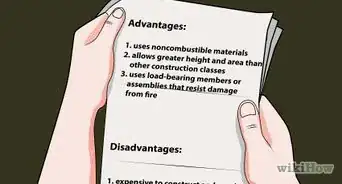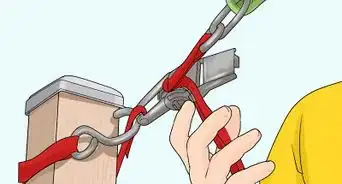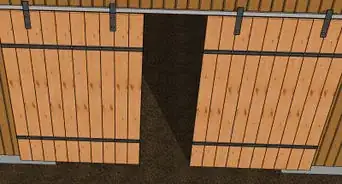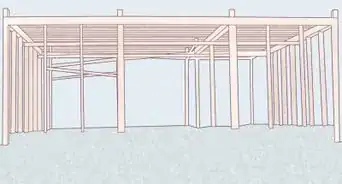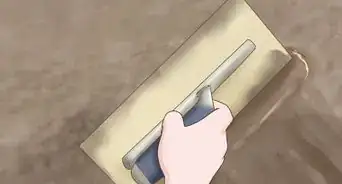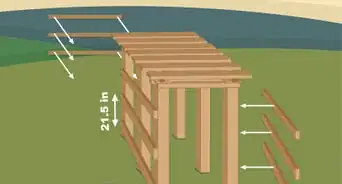This article was co-authored by Anthony "TC" Williams. Anthony "TC" Williams is a Professional Landscaper in Idaho. He is the President and Founder of Aqua Conservation Landscape & Irrigation, an Idaho Registered Landscape Business Entity. With over 21 years of landscaping experience, TC has worked on projects such as the Idaho Botanical Garden in Boise, Idaho. He is a Idaho Registered Contractor and a previously Licensed Irrigator in the State of Texas.
wikiHow marks an article as reader-approved once it receives enough positive feedback. In this case, 83% of readers who voted found the article helpful, earning it our reader-approved status.
This article has been viewed 387,164 times.
An outhouse can be a great addition to any rustic home. There are many different kinds of outhouses and ways to make them, but these steps are a good place to start learning about how to build one! They can be handy composting devices and aren't too hard to make.
Steps
Beginning the Project
-
1Check your area's restrictions to make sure an outhouse is permitted. There is no one rule for outhouses in the United States and even less so for the rest of the world. It is unlikely that you will be able to build one in the city.
- Research local code for the minimum distance between septic sources and water sources, plus any other restrictions on size or depth.
-
2Choose a design. There are many different types of outhouse designs, some of them simpler than others. Before building, decide how many seats you want, and whether you will separate stalls by sex.
- Know the weather in your area. A screen fronted outhouse is fine for most summers, but won't do you much good in an Alaska winter.
- Consider who will be using the privy. For instance, if a parent has to accompany a child, make sure that there is room to accommodate them.
- While most outhouses are rectangular in shape, they can vary in comfort and size. They can either simply have a hole in the floor of the outhouse over which one squats, or they can have an actual seat to sit upon. All outhouses should have some form of ventilation and preferably something with which to wipe. Building a shelf in the outhouse can provide a place for toilet paper and a few magazines and hand sanitizers. It's a good opportunity to get creative!
Constructing the Outhouse
-
1Check for underground hazards. For your safety, locate all utility lines before you start digging. In the US and Canada, you can call 811 to request a utility location service.
-
2Dig a hole. It's absolutely essential to do this part first since you won't be able to dig the hole once the structure of the outhouse is already finished. There is no set width and depth for the hole, but you'll probably want it bigger than 2 feet (0.6 m) x 2 feet (0.6 m). 4 feet (1.2 m) x 5 feet (1.5 m) seems to work well for a two-seater.
- Make sure the walls of the hole are even, this will be important for creating the foundation.
- You'll need a bigger hole if you want more than one seat in the outhouse.
- Make sure you consider where your water source is and what your area's laws are on outhouses.
-
3Build the outhouse foundation. This frame will go into the hole you just dug. There are as many different kinds of foundations as there are outhouse types.
- One way is to wrap a wooden structure (like a box) in tar paper and place it in the hole. This will keep out the moisture. Once the box is in, level the ground around the hole and create a foundation of treated wood around the hole. This will be the structure on which you build your floor and your outhouse structure.
- You can purchase a precast concrete vault, or, if you have some building experience, pour a 4 inches (10.2 cm) thick concrete ring between wooden forms. Reinforce the concrete with a steel rod with eye and anchor bolts. A complete concrete pit with form boards removed can be pumped out by a septic service.
- A portable "skid foundation" built from pressure-treated timber allows you to move the outhouse as needed, or even attach it to a trailer.[1]
-
4Build the floor. You have to first make the frame out of timbers (based on the size of your outhouse) before placing the plywood sheets over the frame. You can build directly on top of your foundation, or you can build it elsewhere and place it full completed on the foundation. The frame can be a simple square of four timbers, or use additional timbers for reinforcement.
- Use pressure-treated timbers or untreated hemlock, which has a natural resistance to decay. If you reuse old railroad ties, be aware that they may contain creosote, which requires special handling and disposal.[2]
- If you do use pressure-treated timbers remember to treat the cut ends with a preservative.
- Build the floor out of two or three plywood sheets, nailed together and nailed to the frame. Use plywood thick enough to hold people's weight (meeting subfloor specifications). Make sure you cut out a rectangular section for the privy seat!
- Install sub-framing to support the plywood floor, spanning across the frame. Screw and nail the plywood floor onto this.
-
5Build the structure of the outhouse. You'll need to use at least 6 inch (15.2 cm) by 6 inch (15.2 cm) timbers in framing the hole. The amount of timbers, their length and width will be determinate on the size of your chosen outhouse.
- For a strong corner remember to nail not only the outside corners together, but to also nail through the outer frame corner into the inner frame. You can also use long lag bolts. These require pre-drilled holes using an appropriately sized drill bit.
- The cheapest and easiest way of building the walls is to use 2 x 4 lumber and cover it with plywood panels to make a fast, easy structure.
- For a more expensive but more solid outhouse, you can build thicker walls and add a diagonal brace. If you live in a cold place and intend on using the outhouse year round, you may want to consider insulation and/or electrical installation for heat and light.
- Secure the walls to the floor. Apply construction glue to the underside of the bottom plate to seal the walls to the foundation before nailing or screwing them down.
-
6Build the roof. Put plywood on top and secure it. From here you can cover it with roll roofing, asphalt shingles or metal panels over some 2x4s. Some people get fancy with their roofs and add gables and trim, but this is a difficult process.
- A lip over the front of the outhouse offers a little protection against rain when leaving the outhouse.
- If you expect muddy conditions, place a sturdy, removable step or landing in front of the outhouse.
-
7Build the seat if you want a sitting outhouse. You can get a commercial seat and attach it over the rectangular opening you left in the flooring. Or you can build a seat out of wood. For the wooden seat you can make one out of 2x4 lumber or plywood and add a toilet seat.
- The height of the seat will depend on your needs. If you have a child, constructing a child seat can be useful in helping them use the outhouse.
-
8Create ventilation. Install two small windows or openings to cross-ventilate for smell and air. Add screens to keep out flies. Prevent people looking inside by installing the windows high up on the walls, or by installing a simple hinged shutter you can close from the inside.
Maintaining the Outhouse
-
1Make it sustainable. Keep a small, covered container nearby full of wood ashes, lime, untreated sawdust, coconut coir, or peat moss. Toss a handful of this material into the pit after each use to help the decomposition process. These carbon-rich materials absorb liquid and create an odor barrier.
- Keep a small trash can with a lid in the outhouse to dispose of menstrual pads, tampons, and other objects that do not decompose easily.
- To help keep the pit clear, use biodegradable toilet paper or dispose of toilet paper in a covered trash can for later burning.
-
2Clean the outhouse. This is an important job, because it helps keep the area from contamination. If you've been using the wood ashes method outlined above the refuse should resemble something you'd put on your garden and shouldn't be too difficult or disgusting to handle.
- Some people have a space created at the back of the privy with a sort of gate which they can open and rake out the refuse. This often requires that an outhouse is built into a hillside, or on a high foundation. Once you've raked it out, you will need to bury it somewhere on the property at least 30 feet (9.1 m) away from a water source or runoff.
- By this point the contents of the outhouse will be more like fertilizer than anything else and you can use them, but only if you've been following the composting toilet guidelines.
- You may have to dig the refuse out of the hole. To do this you'll need to dismantle the seat and use a manual post-hole auger or digger to remove the contents below. If you don't have an auger you can use a shovel, but the auger is the best tool and if you're going to have an outhouse is something that you should invest in.
- The third option is to dig a new hole for the outhouse. You'll need to follow the directions above, but you already have the outhouse itself!
-
3Grow flowers on the outside. Many old-time outhouses used to be covered by flowers to make them smell nice and give it an attractive appearance. There's no sustainable reason to do this except for attractive aesthetics.[3]
Community Q&A
-
QuestionHow much would it cost, approximately?
 Community AnswerI just made one last weekend, 4x4x8 single pitch roof, the materials were around $300.
Community AnswerI just made one last weekend, 4x4x8 single pitch roof, the materials were around $300. -
QuestionCan I use a 55 gallon drum to line the hole?
 Community AnswerYes, you can use a 55-gallon drum and even service it with a "Porta-Potty" unit. Keep in mind that the drum will eventually rust through.
Community AnswerYes, you can use a 55-gallon drum and even service it with a "Porta-Potty" unit. Keep in mind that the drum will eventually rust through. -
QuestionCan I make my outhouse with a receptacle that can be slid out and emptied?
 Community AnswerSure. Just remember to cover the bottom of the receptacle with straw or sawdust before putting it back, so it will be easy to empty again.
Community AnswerSure. Just remember to cover the bottom of the receptacle with straw or sawdust before putting it back, so it will be easy to empty again.
References
About This Article
To make an outhouse, start by digging a hole in the ground where you want the structure, then building a foundation over it out of wood, concrete, or skids. Once the foundation is laid, build a flooring frame and cover it with plywood sheets. Then, nail down the plywood and cut out a hole for the seat. Next, use 2 by 4 lumber to frame the outhouse, cover it with plywood panels to create the walls, and use plywood shingles or sheet metal for the roof. Finally, add a seat inside and install 2 small windows to ventilate the outhouse. For advice from our Landscaping reviewer on how to make your outhouse more sustainable, read on!
